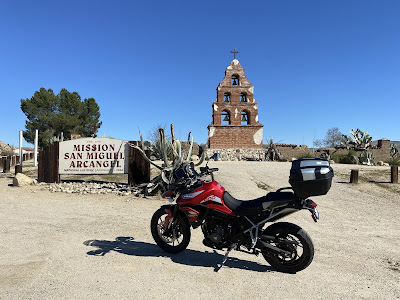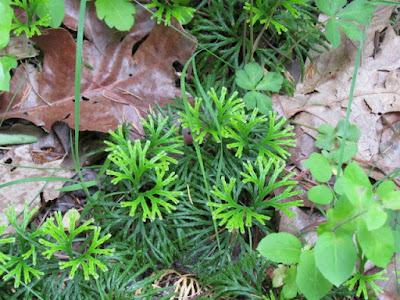Every year my dad (Ron Simmons) starts many annual plants for our family in his backyard greenhouse. I get most of my flowering annuals, vegetables, and herbs from dad’s greenhouse. His plants are amazingly healthy and grow better than any other plants in my gardens.
I see more and more hobby
greenhouses and hoop-houses popping up in homeowner’s backyards. What’s the
difference? They are both very similar. They both extend the growing season in
spring and fall, sometimes allowing edibles to grow year-round. Both hold in
the heat with a covering, usually plastic. Greenhouses typically grow plants on
benches or tables, while hoop-houses grow plants in the ground. Greenhouses
usually have a supplemental heat source, while hoop-houses trap the sun’s heat
inside to warm plants in the ground.Dad's greenhouse Dad's greenhouse
Due to their relative low cost, hoop-houses are becoming more popular than greenhouses. Hobby greenhouses costs vary from several hundred to several thousand dollars. Operating costs can be high if year-round heating and cooling are required. Greenhouse kits are probably the easiest way to get started, or like my dad, you can design and build your own. Dads’ greenhouse started with recycle glass windows, but due to hailstorm damage he later replaced those with greenhouse polycarbonate panels.
Most hobby greenhouses grow plants in soil, but hydroponics and aquaponics are also options. Hydroponic systems grow plants in nutrient enriched water, instead of in soil.
On a recent trip to Monterey California, I visited a small community garden on the campus of the Middlebury Institute of International Studies where my son Derek is going to grad school. The garden had a small aquaponics system in the back where fish are raised in tanks that supply nutrient rich water to hydroponically grown plants. When I was there in April, they were growing lettuce, Swiss chard, and onions.
Backyard Greenhouse Basics was the topic of a University of Illinois Extension Four Seasons Garden webinar series. Extension Horticulture Educator Kim Ellson explained how, regardless of their shape or size, greenhouses allow us to get a head start on our favorite plants and be outside whilst the weather is bleak. Kim discussed how to get the most out of your backyard greenhouse.
If you’ve dreamed of
having your own greenhouse, let this be your year to make that dream come true.
In just a few years, the savings from growing your own food will pay for the
greenhouses.
Originally Published in Canton Daily Ledger Column 5-21-2016































